
The Other Side of Carnival(2010)
Unraveling the thrills and ills of the “Greatest Show on Earth”
The Other Side of Carnival (2010) is a 45-minute award-winning documentary that explores Carnival's social and economic impact on Trinidad & Tobago. With more than 60 interviews from professors, medical staff, police officers, government officials, students, tourists, every day locals and more, The Other Side of Carnival is able to highlight that while Carnival is an exciting occasion, it is a festival that creates turmoil, which is not widely visible...or is it just simply ignored? Known as "The Greatest Show on Earth", this documentary captures the roots of Carnival and how far some go to keep the original idea alive, and how others attempt to integrate change. Consummating over two years of research and interviews and with the coordination of a multi-national crew (Trinidad & Tobago, US and UK), The Other Side of Carnival does not pass judgment on Carnival in Trinidad & Tobago, but aims to bring an awareness of the type of influence that Carnival has on the population.
Movie: The Other Side of Carnival
Video Trailer The Other Side of Carnival
Similar Movies
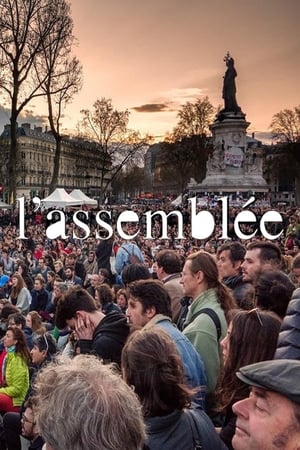 4.5
4.5The Assembly(fr)
Just one year ago, citizens joined together at Place de la République in Paris to demonstrate against labor reforms, the El Khomri law. This rapidly became an opportunity to invent another way of handling politics. It was the beginning of Nuit Debout. The film follows closely this social movement's inner core, a new kind of citizen's and democratic parliament, without representatives or leaders, which attempts to allow everyone the chance to speak. How do we speak in unison without speaking with a single voice?
 8.3
8.3Rammstein: Völkerball(de)
Völkerball shows concert-performances by the band in England, France, Japan and Russia. The Special Edition is extended by a second DVD, which contains the documentaries "Anaconda in the net" by Mathilde Bonnefoy and the "Making of the album Reise, Reise" by Rammstein guitarist Paul Landers. The limited edition was released as a large black and white photo-book with photos by Frederic Batier.
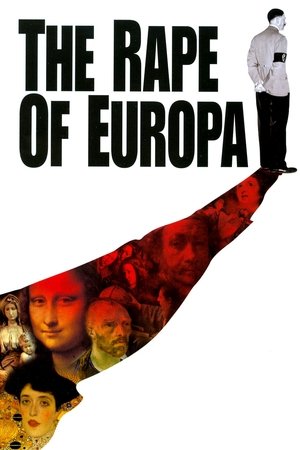 7.4
7.4The Rape of Europa(en)
World War II was not just the most destructive conflict in humanity, it was also the greatest theft in history: lives, families, communities, property, culture and heritage were all stolen. The story of Nazi Germany's plundering of Europe's great works of art during World War II and Allied efforts to minimize the damage.
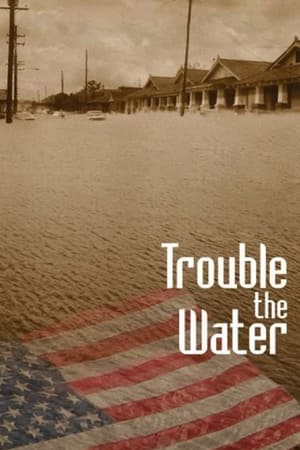 6.8
6.8Trouble the Water(en)
"Trouble the Water" takes you inside Hurricane Katrina in a way never before seen on screen. The film opens the day before the storm makes landfall--just blocks away from the French Quarter but far from the New Orleans that most tourists knew. Kimberly Rivers Roberts, an aspiring rap artist, is turning her new video camera on herself and her Ninth Ward neighbors trapped in the city. Weaving an insider's view of Katrina with a mix of verité and in-your-face filmmaking, it is a redemptive tale of self-described street hustlers who become heroes--two unforgettable people who survive the storm and then seize a chance for a new beginning.
 7.4
7.4Jimi Plays Monterey(en)
Jimi Hendrix's debut American set at 1967's Monterey Pop Festival is generally considered one of the most radical and legendary live shows ever. Virtually unknown to American audiences at the time, even though he was already an established entity in the UK, Hendrix and his two-piece Experience explode on stage, ripping through blues classics "Rock Me Baby" and Howlin' Wolf's "Killing Floor," interpreting and electrifying Bob Dylan's "Like a Rolling Stone," debuting songs from his yet-to-be-released first album and closing with the now historic sacrificing/burning of his guitar during an unhinged version of "Wild Thing" that even its writer Chip Taylor would never have imagined. Hendrix uses feedback and distortion to enhance the songs in whisper-to-scream intensity, blazing territory that had not been previously explored with as much soul-frazzled power.
 7.0
7.0To Be Frank: Sinatra at 100(en)
The life of Frank Sinatra, as an actor and singer and the steps along the way that led him to become such an icon.
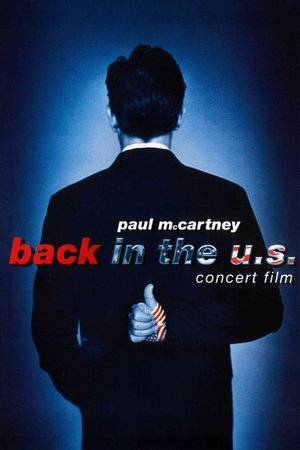 6.6
6.6Paul McCartney: Back in the U.S.(en)
In 2002, a 60-year old McCartney refocused the attention on his musicianship, staging a massive live concert in Cleveland, Ohio. The superstar, who went on to form the popular rock group Wings and had several hit records as a solo artist, performs a track list that covers all three phases of his long and prolific career, including the hits "Eleanor Rigby," "Live And Let Die," "Blackbird," "The Long And Winding Road," and "Mother Nature's Son." In addition to the 30 tunes that McCartney enthusiastically performs, seemingly immune to the ravages of time and aging, BACK IN THE U.S.A LIVE also includes candid behind-the-scenes footage of the rocker backstage and on the road.
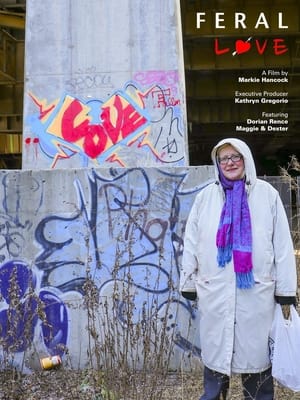 0.0
0.0Feral Love(en)
Crazy cat lady or world-class musician? You decide. Dorian Rence smashes our notions of what matters and who counts in "Feral Love." Dorian was the seventh woman to join the New York Philharmonic. In her 40-year career she has performed with all the greats: Leonard Bernstein, Pierre Boulez, Zubin Mehta, Yo Yo Ma to name a few. And she cares for a feral cat colony in the tunnels of New York City.
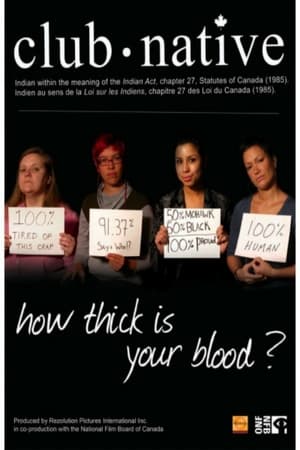 0.0
0.0Club Native(en)
With moving stories from a range of characters from her Kahnawake Reserve, Mohawk filmmaker, Tracey Deer, reveals the divisive legacy of more than a hundred years of discriminatory and sexist government policy to expose the lingering "blood quantum" ideals, snobby attitudes and outright racism that threaten to destroy the fabric of her community.
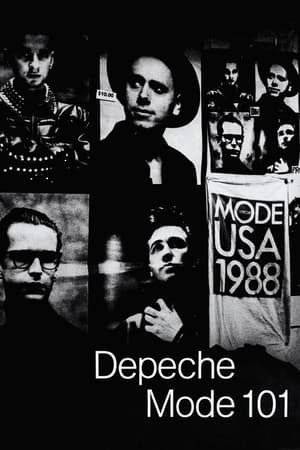 8.0
8.0Depeche Mode 101(en)
A fascinating documentary focusing on backstage realities of art and business during the British synthesizer band's 1988 American tour.
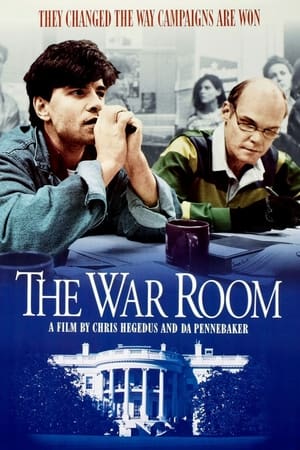 6.9
6.9The War Room(en)
A behind-the-scenes documentary about the Clinton for President campaign, focusing on the adventures of spin doctors James Carville and George Stephanopoulos.
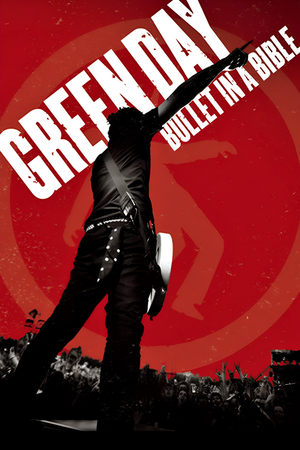 8.0
8.0Green Day: Bullet in a Bible(en)
Bullet in a Bible documents one of the two biggest shows that Green Day have performed in their career. They played in front of a crowd of over 130,000 people at the Milton Keynes National Bowl in United Kingdom on June 18–19, 2005. The band was supported by Jimmy Eat World, Taking Back Sunday, and Hard-Fi during their American Idiot world tour. Fourteen of the twenty songs performed at these shows were included on the disc; missing out "Jaded", "Knowledge", "She", "Maria", "Homecoming" and "We Are The Champions". Bullet in a Bible was released as a double-LP set on November 10, 2009, as part of the band's 2009 vinyl re-release campaign.
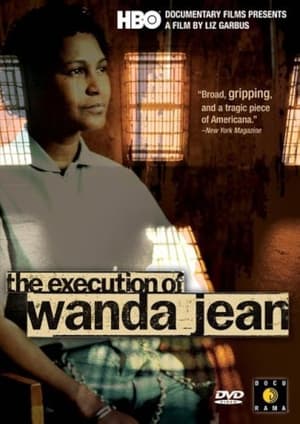 6.0
6.0The Execution of Wanda Jean(en)
The Execution of Wanda Jean chronicles the life-and-death battle of Wanda Jean Allen, the first black woman to be put to death in the United States in the modern era.
 7.3
7.3Searching for the Wrong-Eyed Jesus(en)
A stunningly-photographed, thought-provoking road trip into the heart of the poor white American South. Singer Jim White takes his 1970 Chevy Impala through a gritty terrain of churches, prisons, truckstops, biker bars and coalmines. Along the way are roadside encounters with present-day musical mavericks the Handsome Family, David Johansen, David Eugene Edwards of 16 Horsepower and old-time banjo player Lee Sexton, and grisly stories from the cult Southern novelist Harry Crews.
Horns and Halos(en)
"What if someone wrote your biography? Would there be horns and halos involved?"
 5.6
5.6I Remember Me(en)
In 1984-85, people at Lake Tahoe fell ill with flu symptoms, but they didn't get better. Medical literature documents similar outbreaks: in 1934 at LA county hospital, in 1948-49 in Iceland, in 1956 in Punta Gorda, Florida. The malady now has a name, chronic fatigue syndrome, and filmmaker Kim Snyder, who suffered from the disease for several years, tells her story and talks to victims and their families, and to physicians and researchers: is it viral, it is psychosomatic, is it one disease or several (a syndrome) ; what's the CDC doing about it; what's it like to have a disease that's not yet understood? Her inquiry takes her to Punta Gorda and to a high-school graduation.
 0.0
0.0Adele: Homecoming(en)
The eagerly anticipated wait is over, after 5 years since the release of her last album, Adele is back! Fans have applauded her return, by breaking the record for most viewed video in a single day, reaching an astounding 28.7M views in the first 24 hours. The British singer has knocked Taylor Swift off the record, previously holding most viewed video in a single day for her Bad Blood video which reached 20 million views. “Hello” has now been viewed nearly 89 million times on Vevo alone since the day of its release, and has already topped the iTunes charts in 85 countries. The success of this debut single has blown everyone away and the rest of her album will most likely follow suit. Through her own words, video and live performance this documentary takes an incredible look at the life and times of this truly amazing young artist.
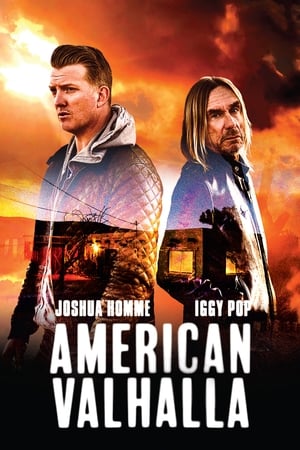 7.5
7.5American Valhalla(en)
The film takes you on a journey from the conception of this musical partnership and the first demos recorded in Californian desert by - what became - the Post Pop Depression band that included Dean Fertita (QOTSA) and drummer Matt Helders (Arctic Monkeys), and onto the release of the album, proceeded by a sold-out American and European Tour that featured the epic performance at the Royal Albert Hall in London.
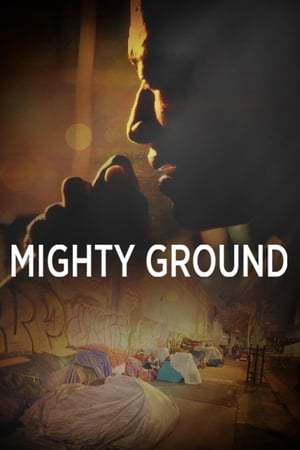 8.5
8.5Mighty Ground(en)
A gifted singer, struggling with addiction on the streets of Skid Row, sets out on a journey to transform his life.
Sex, Lies & Love Bites: The Agony Aunt Story(en)
Sex, Lies and Love Bites The Agony Aunt Story, presented by psychotherapist and agony aunt Philippa Perry, is a witty and revealing look at the problem page's enduring appeal. In the documentary Philippa picks her way through three centuries of advice on broken hearts, cheating partners and adolescent angst to uncover a fascinating portrait of our social history.

